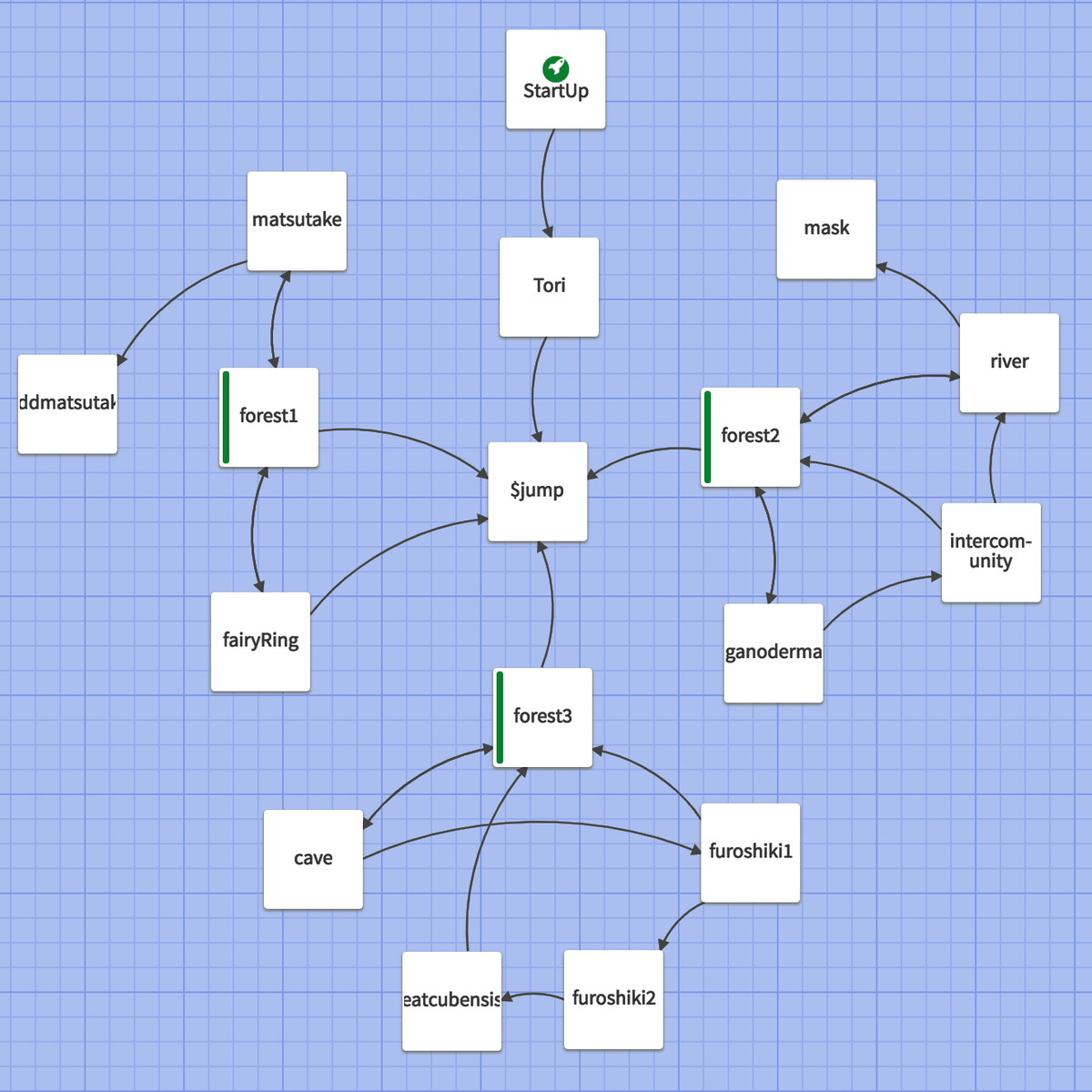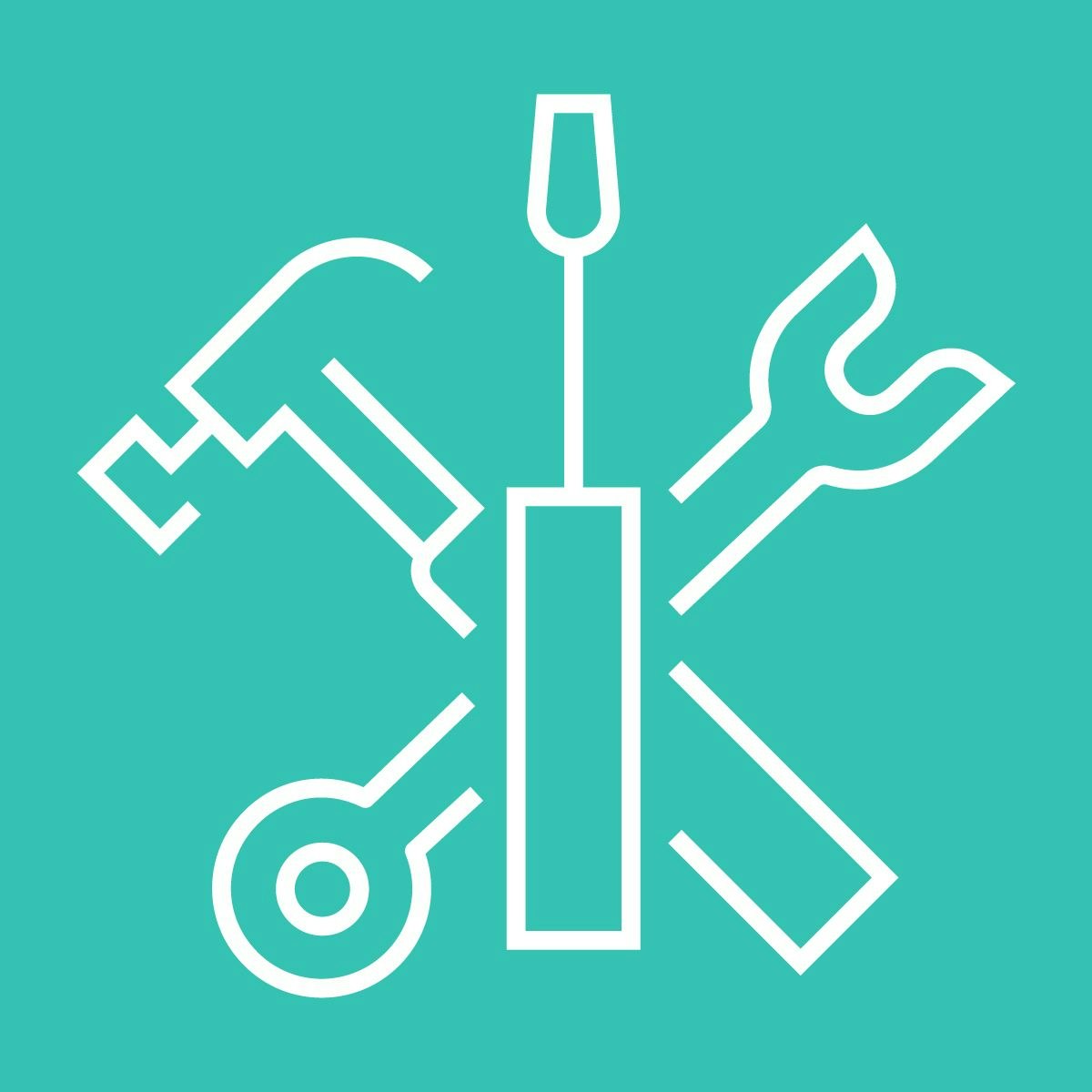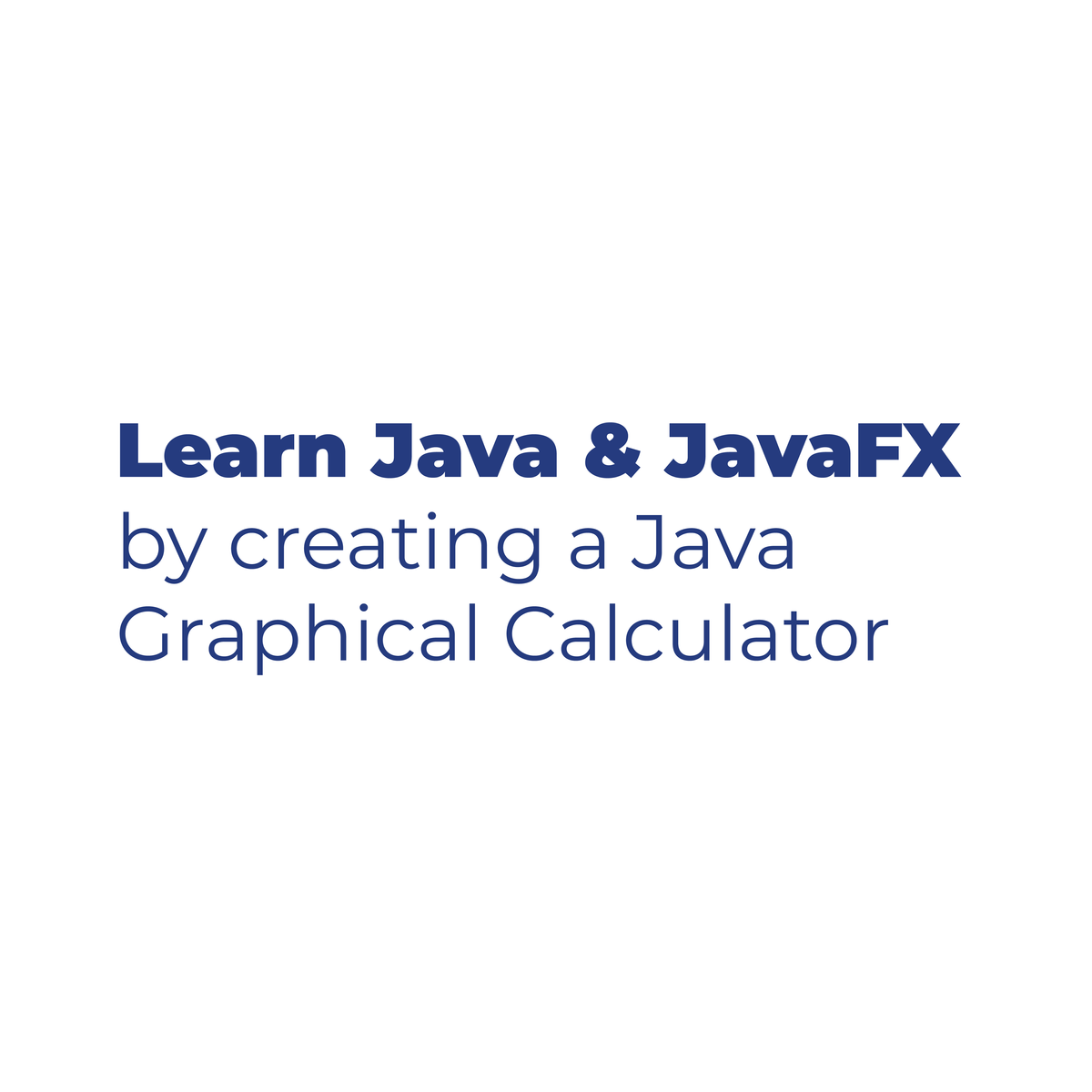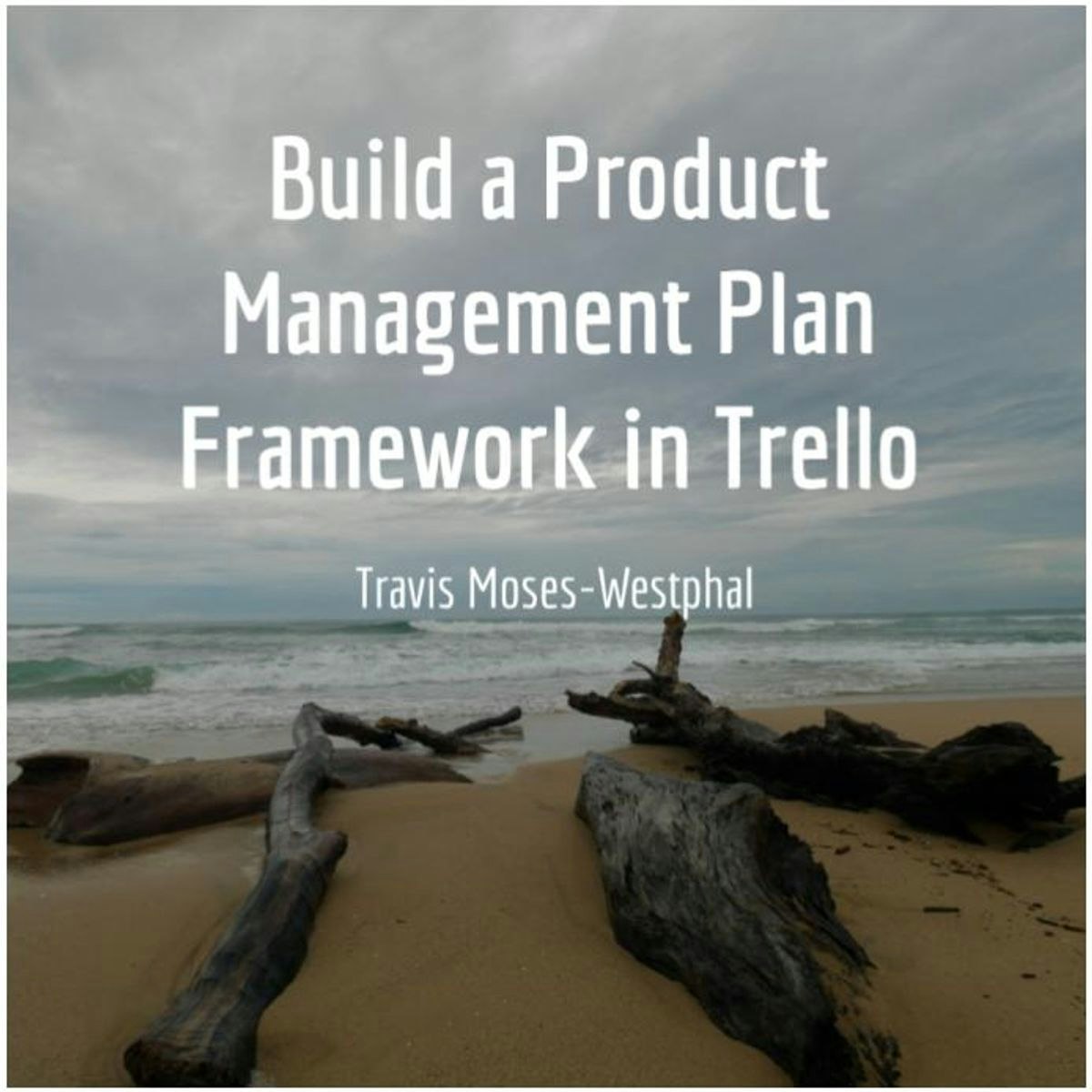Back to Courses









Computer Science Courses - Page 49
Showing results 481-490 of 2309

Advanced System Security Topics
In this MOOC, we learn RBAC and ABAC access control to facilitate the specification and management of access policies. We learn examples of how RBAC is supported by modern systems such as Docker and AWS IAM. We learn XACML 3.0 and an ABAC implementation for controling secure access to web documents and network resources with attribute certificates, and XACML architecture components. We show how to exhance the data security with GeoEncryption, Secure Enhanced Geolocking, and R2D2 concepts which deliver data to right places via right path. We show how Google Map and Web Crytpo
API can be integrated for encrypted document on web browser without download apps and associate them with geolocking area to restrict unauthorize and improper accesses.

Search a String Variable with JavaScript Methods
In this intermediate-level project you will write JavaScript code to search through a string variable. You’ll use a variety of JavaScript methods to locate values within a string to determine whether they exist, find their position in the string, or even replace them with other values. The Notepad++ editor and Chrome browser are used to write inline JavaScript code and view the results.
Note: This course works best for learners who are based in the North America region. We’re currently working on providing the same experience in other regions.

Interactive, Nonlinear Stories with Twine
When telling stories, we tend to create one-way narratives that conduct readers through a fixed sequence of events. Even though such an approach allows us to tell very elaborate stories, it's clear that it can only go so far when it comes to complex plots. That is, stories that can unfold in many different ways, depending on the readers' choices and preferences.
In this guided project you will challenge this traditional approach towards story-telling by working with Twine, a tool designed for the creation of interactive, nonlinear stories. Not only will this teach you how to craft engaging stories, it will also equip you with the abilities required for the creation of simple games, such as Mushy Foray (our study object for this project).
Cryptography and Hashing Overview
Continue learning about blockchain technology by diving into the nature of ownership and how the blockchain is one way to approach decentralized transaction handling. This course also demystifies cryptography and hashing, which are critical for authenticating users and guaranteeing transaction privacy.
This course requires the purchase of two books for the completion of assignments:
Drescher, D. (2017). Blockchain Basics: A Non-Technical Introduction in 25 Steps. (ISBN-13: 978-1484226032)
Antonoupoulos, A. M. (2017). The Internet of Money, Volume Two. (ISBN-13: 978-1947910065)

Introduction to C++ Programming and Unreal
This course is all about starting to learn how to develop video games using the C++ programming language and the Unreal Engine on Windows or Mac.
This course assumes you have previous programming experience in some other language. Although we'll start at the very beginning for C++, hardly anybody learns (or teaches) C++ as a first language. Similarly, Unreal Engine is a commercial, industrial strength game engine. With great power comes great ... complexity, so it's important that you have the will to work hard to learn how to use C++ in Unreal Engine.
Computer programming is really fun in general, and programming games is even better!
Caution: Introduction (starting to learn C++ and Unreal Engine) is not the same as easy (not hard to do). Learning to program using C++ in Unreal Engine IS hard to do, especially since this course is essentially the first half of a freshman-level college course. Meeting the course challenges while you master the material will be rewarding to you, but doing that will require hard work and maybe even a few expletives along the way.
Module 1: Write your first C++ console application and Unreal script
Module 2: Learn how we store and use data in our programs
Module 3: Learn how we use classes and objects to implement our code
Module 4: Learn the basics of Unreal Engine

Building Modern Python Applications on AWS
In modern cloud native application development, it’s oftentimes the goal to build out serverless architectures that are scalable, are highly available, and are fully managed. This means less operational overhead for you and your business, and more focusing on the applications and business specific projects that differentiate you in your marketplace. In this course, we will be covering how to build a modern, greenfield serverless backend on AWS.
Building brand new applications on AWS is a different task than lifting and shifting existing applications into AWS. When you have an existing application that you need to move to AWS, you might first look to using Amazon EC2 as your virtual machines, or maybe you might look into using docker containers and container hosting services like Amazon Elastic Container Service or Amazon Elastic Kubernetes Service. Those are all great application hosting options, but in most cases, they still require you to have some kind of pulse on the underlying infrastructure hosting your application. `
Building Modern Python Applications on AWS will explore how to build an API driven application using Amazon API Gateway for serverless API hosting, AWS Lambda for serverless computing, and Amazon Cognito for serverless authentication. We will follow an API driven development process and first mock up what the API will look like. We will cover all the ins and outs of the service Amazon API Gateway, and as you’ll learn- it does a lot more than just hosting an API.
Then we will add authentication to the API using Amazon Cognito. You’ll learn about how the authorization flow works with Cognito, and how to build it into your APIs. From there, we will add a Lambda backend that will be triggered by API Gateway. The lambda functions will be using the AWS SDKs to perform various data processing tasks. You’ll learn about the different configurations that exist for Lambda, and we will show you how to create and manage lambda functions. Some of the features of our API will require multiple lambda functions to execute in a specific order, like a workflow, and we will use AWS Step Functions to create a serverless workflow. Finally, we will talk about how to optimize your APIs at every layer using AWS features.
Note: There are four versions of this class, "Building Modern Node.js Applications on AWS" for Node.js developers, Building Modern Java Applications on AWS" for Java developers, "Building Modern .NET Applications on AWS" for .NET developers, and this course, "Building Modern Python Applications on AWS" for Python developers. The courses do for a large part, overlap and in general, we recommend that you take the course that focuses on the SDK you plan to use to develop your AWS Cloud based applications.
We expect that you have basic knowledge of AWS already. Some examples of concepts you should be familiar with are: you should know the basics of the AWS Global infrastructure, like what regions and availability zones are. You also should know the at a high-level AWS Identity and Access Management, or IAM, and how it is used to control access to AWS resources. You should also understand what an Amazon EC2 instance is, what Amazon S3 is, what a VPC is, as well as other basic AWS terminology.

Learn Java and JavaFX by creating a Graphical Calculator
In this 1 hour and 30 minutes long project, you will learn how to create a fully functional graphical calculator using Java and one of it’s most promising graphical libraries; JavaFX. This project gives you a head start with one of the most widely used programming languages in the world; Java. The project will teach you basic programming fundamentals such as data structures and conditional statements. Learning Java and JavaFX will open the door for you to create rich cross-platform applications customized to fit your needs.

Build a Product Management Plan Framework in Trello
In this project, you will create a digital product management plan framework in Trello using Kanban workflow processes. You will learn the basic functionality of Trello and apply the basics of Kanban to manage your workflow.
The project will model how to translate the product management life cycle stages and key deliverables into a working plan in Trello. It will demonstrate how to use the Kanban workflow principles to plan and track the status of deliverables. Finally, you will learn how to share the plan with team members to organize and assign work, collaborate, and keep everyone up-to-date.
Trello is a popular digital collaboration tool that organizes projects and people. For this project, we will only use the features and functionality included in the free version of Trello.
Kanban is a workflow management method that aims to help you visualize your work, maximize efficiency, and improve continuously.
Note: This course works best for learners who are based in the North America region. We’re currently working on providing the same experience in other regions.

GKE Autopilot: Qwik Start
This is a self-paced lab that takes place in the Google Cloud console.
GKE Autopilot provides a managed environment for deploying, managing, and scaling your containerized applications using Google infrastructure. Autopilot is a new managed mode of operation for Google Kubernetes Engine (GKE) in which Google creates, sizes, and automatically scales on your behalf the physical infrastructure needed to run your application workloads.
In this lab, you get hands-on practice containerizing an application and deploying it to an Autopilot cluster using Kubernetes configuration and commands.

Juniper Cloud Concepts and Open Source Technologies
In this course, you will learn fundamental cloud computing concepts. This course covers key benefits of cloud computing, cloud service models such as SaaS and IaaS; public, private and hybrid cloud deployment models and open-source cloud technologies. You will learn about Linux virtualization techniques, QEMU-KVM, Libvirt and popular cloud instance initialization approach cloud-init. This course covers the concepts of namespaces and how to connect them through Linux bridges and OpenvSwitch. You will also learn about containerization through Docker, Dockerfile and Docker networking.
